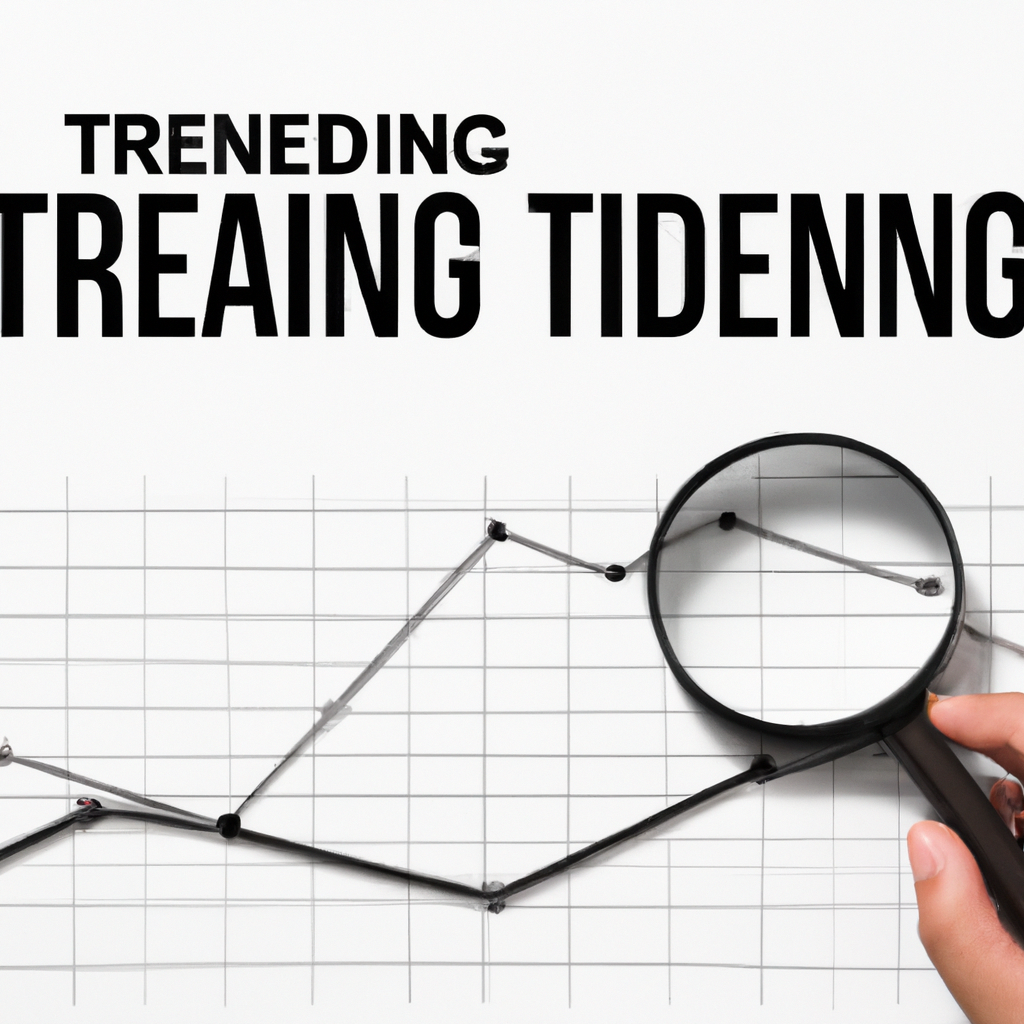
Techniques for Identifying Trend Lines in Financial Markets
Trend Line Identification Techniques
Identifying trend lines is a crucial skill for traders and investors in the financial markets. Trend lines can help traders determine the direction of a market, as well as potential areas of support and resistance. In this article, we will discuss some techniques for identifying trend lines.
1. Understanding Trend Lines
Before we dive into specific techniques for identifying trend lines, it’s important to understand what trend lines are and how they are used. Trend lines are diagonal lines that connect two or more price points on a chart. They can help traders visualize the direction of a market and identify key levels of support and resistance.
2. Using Swing Highs and Lows
One common technique for identifying trend lines is to use swing highs and lows. A swing high is a peak in price that is higher than the prices on either side of it, while a swing low is a trough that is lower than the prices on either side of it. By connecting swing highs or swing lows with a diagonal line, traders can identify the direction of the trend.
3. Drawing Trend Lines
To draw a trend line, simply connect two or more swing highs or swing lows with a straight line. The more points that the trend line touches, the stronger the trend line is considered to be. It’s important to ensure that the trend line is not too steep or too shallow, as this can indicate an unsustainable trend.
4. Using Moving Averages
Another technique for identifying trend lines is to use moving averages. Moving averages are calculated by averaging the prices of an asset over a specific period of time. By plotting a moving average on a chart, traders can identify the direction of the trend. When the price is above the moving average, it is considered a bullish trend, while a price below the moving average indicates a bearish trend.
5. Monitoring Volume
Volume can also be a useful tool for identifying trend lines. In general, a trend is considered more reliable if it is accompanied by high volume. If a trend line is being formed on low volume, it may indicate that the trend is weak and could potentially reverse. Traders should pay attention to volume levels when identifying trend lines.
6. Confirming Trend Lines
Once a trend line has been identified, it’s important to confirm it with other technical indicators or chart patterns. Traders can use tools such as moving averages, oscillators, and support and resistance levels to confirm the validity of a trend line. By combining multiple indicators, traders can increase the likelihood of making successful trades.
Overall, identifying trend lines is an essential skill for traders and investors in the financial markets. By using techniques such as swing highs and lows, moving averages, and volume analysis, traders can accurately determine the direction of a market and make informed trading decisions.

